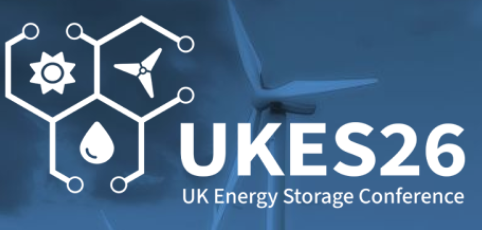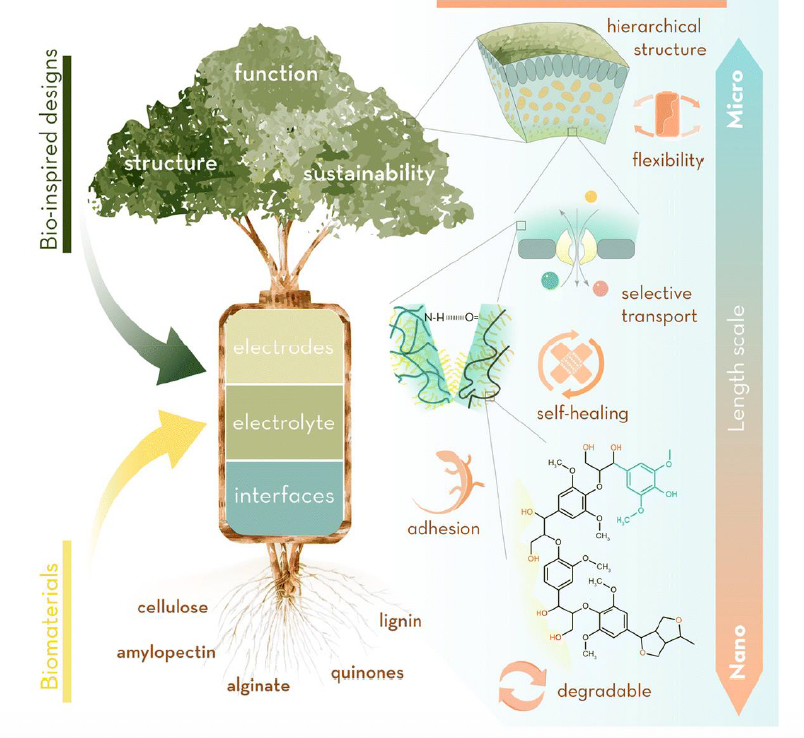
How Amsterdam’s canal boats are going electric – at a cost
As we glide silently up Amsterdam’s busy waterways on an unseasonably warm autumn morning, boat company owner Rik Kooij, 38, admits that “canal water runs in my veins”.
Ever since his mechanically-minded grandfather renovated a bicycle, then a motorbike, then a boat back in the 1920s, Mr Kooij’s family has been at the heart of Amsterdam’s tourist canal boat business.
The Prinses Irene, which once took Winston Churchill up the canals, is silent because it’s electric. All you hear is the swoosh of the water being churned up by the propeller. And there are no acrid diesel fumes to spoil the experience.
When Mr Kooij had to take the helm of the family business following the sudden death of his father in 2013, he wasn’t daunted because he’d been working the canals since he was a boy.
Image caption The Prinses Irene was one of the first boats to be converted to electric
Now the Reederij Kooij boat company he runs with his wife Daniela is one of the largest plying Amsterdam’s famous canals. It owns 32 boats out of about 150 catering to the city’s many tourists.
But when the municipality of Amsterdam stipulated that all boats would have to switch from diesel to electric power by 2025, in an effort to reduce pollution and greenhouse gas emissions, boat companies were faced with a huge – and expensive – challenge.













